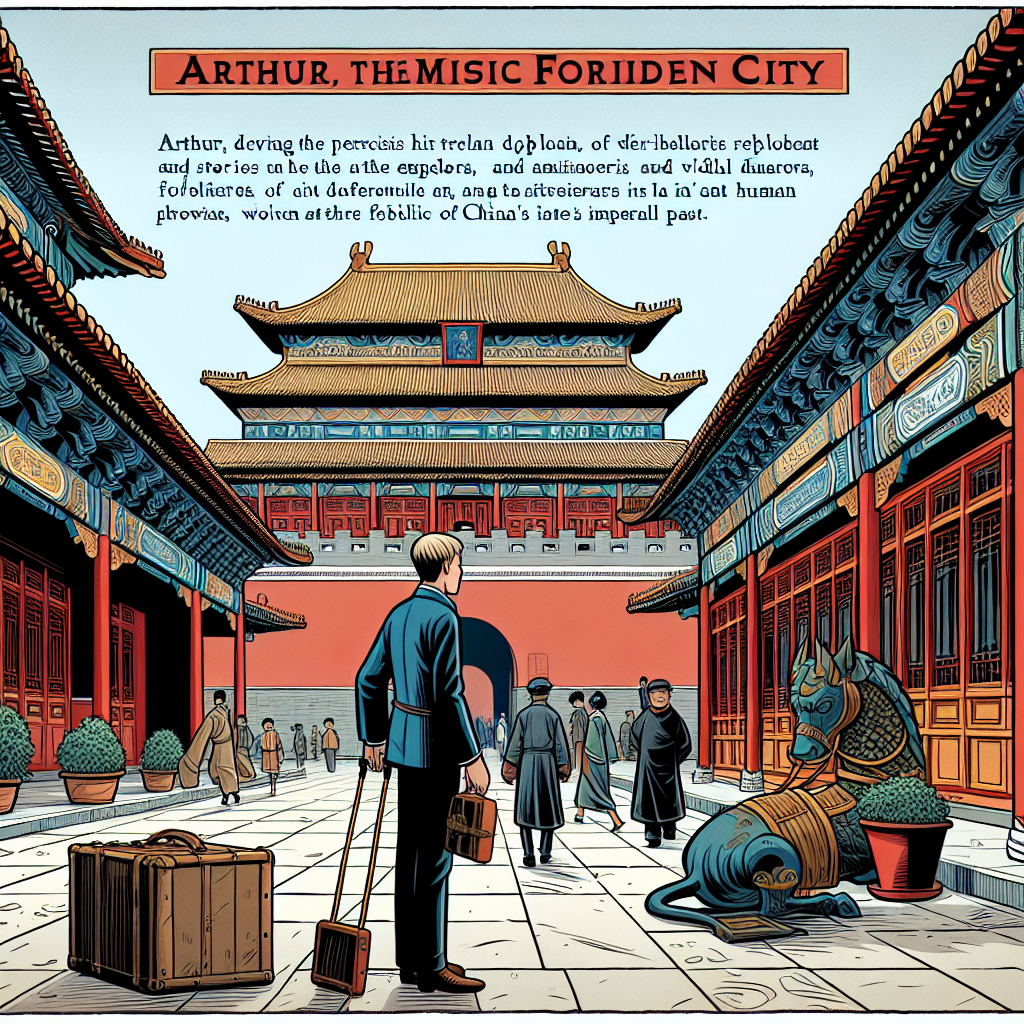Travel notes
As dawn broke over the majestic skyline of Beijing, the air was filled with a palpable sense of history and intrigue, beckoning me to the heart of China’s imperial past: the Forbidden City. Today, I ventured beyond the mere façade of tourism, seeking the stories of emperors and artisans that have shaped this enduring symbol of Chinese sovereignty. Entering through the Meridian Gate, I was immediately engulfed by the City’s expansive courtyards and grandiose structures, a testament to the architectural genius and cultural depth of the Ming and Qing dynasties. Each hall and garden narrated tales of power, intrigue, and artistry, offering a glimpse into the lives of those who once roamed these grounds. The Hall of Supreme Harmony stood as a majestic reminder of the emperors’ divine authority, while the quieter corners of the Imperial Garden whispered secrets of palace life, from clandestine love affairs to political machinations. My journey took a personal turn in the Hall of Mental Cultivation, a space that resonated with the contemplative lives of the emperors. Here, the blend of stoic duty and personal solitude painted a complex picture of imperial responsibility. The artisans’ story unfolded in the less trodden paths of the Forbidden City, where workshops preserved the ancient crafts of silk weaving, jade carving, and lacquer making. These artisans, though veiled behind the grandeur of the emperors, were the true bearers of cultural legacy, their meticulous handiwork a testament to centuries of refined craftsmanship. As the day waned, I found myself in the Palace of Heavenly Purity, the setting sun casting long shadows over artifacts that have witnessed the ebb and flow of Chinese civilization. Today was not merely a walk through a museum of relics but a journey through the living heart of China’s cultural and political heritage. The Forbidden City, with its tales of emperors and artisans, stood as a poignant reminder of the intricate tapestry of human endeavor that shapes history.
Travel notes:
📍 **Location**: Forbidden City, Beijing, China
🚇 **Getting There**: The nearest subway station is Tiananmen East (Line 1), from which the Forbidden City is a short walk north across Tiananmen Square.
🎟️ **Admission Fees**: Varies by season; approximately 60 RMB (low season) to 80 RMB (high season). It’s recommended to purchase tickets online in advance due to visitor limits.
⏰ **Hours**: Open daily from 8:30 AM to 5:00 PM (April to October) and 8:30 AM to 4:30 PM (November to March), with last entry one hour before closing. Closed on Mondays.
🏯 **Highlights**:
– **Meridian Gate**: The main entrance to the Forbidden City, leading directly to the first of the outer courtyards.
– **Hall of Supreme Harmony**: The largest hall within the complex, used for major ceremonies.
– **Imperial Garden**: Offers a tranquil retreat with its beautiful landscaping and pavilions.
– **Hall of Mental Cultivation**: A more personal space that was often used by the emperors for living and working.
– **Palace of Heavenly Purity**: Historically the Emperor’s living quarters, now houses various artifacts.
🎨 **Artisans’ Workshops**: Though not mentioned with specifics in terms of location within the Forbidden City, these workshops highlight the traditional crafts like silk weaving, jade carving, and lacquer making. Visitors interested in these crafts should inquire at the entrance for current exhibitions or demonstrations.
**Note**: Photography is allowed, but the use of flash is prohibited inside the palace halls and exhibit areas. Comfortable walking shoes are recommended as the complex covers a large area.

